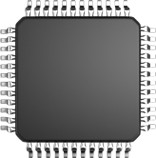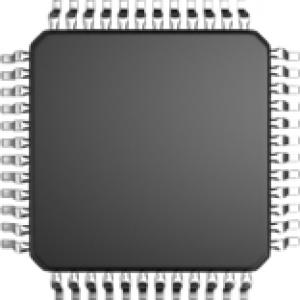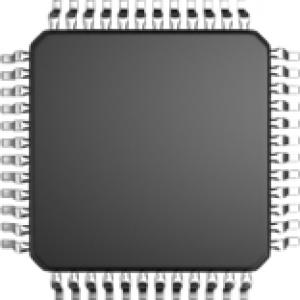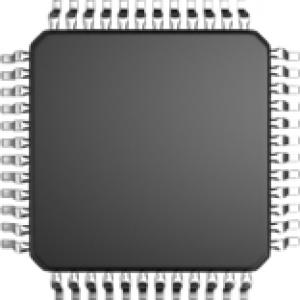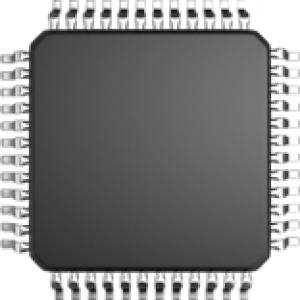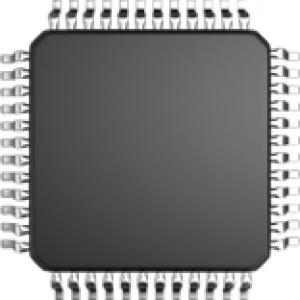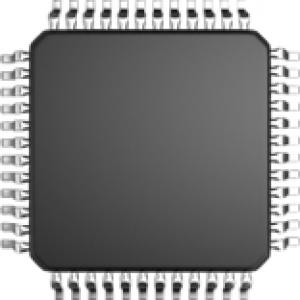LNA
LNAs are found in radio communications systems, Amateur Radio stations, medical instruments and electronic test equipment. A typical LNA may supply a power gain of 100 (20 decibels (dB)) while decreasing the SNR by less than a factor of two (a 3 dB noise figure (NF)). Although LNAs are primarily concerned with weak signals that are just above the noise floor, they must also consider the presence of larger signals that cause intermodulation distortion.
LNAs are used in communications receivers such as in radio telescopes, cellular telephones, GPS receivers, wireless LANs (WiFi), and satellite communications.
In a satellite communications system, the ground station receiving antenna uses an LNA because the received signal is weak since satellites have limited power and therefore use low-power transmitters. The satellites are also distant and suffer path loss: low Earth orbit satellites might be 120 miles (190 km) away; a geosynchronous satellite is 22,236 miles (35,785 km) away.
The LNA boosts the antenna signal to overcome feed line losses between the antenna and the receiver.
LNAs can enhance the performance of software-defined radio (SDR) receiver systems. SDRs are typically designed to be general purpose and therefore the noise figure is not optimized for any one particular application. With an LNA and appropriate filter, performance is improved over a range of frequencies.

